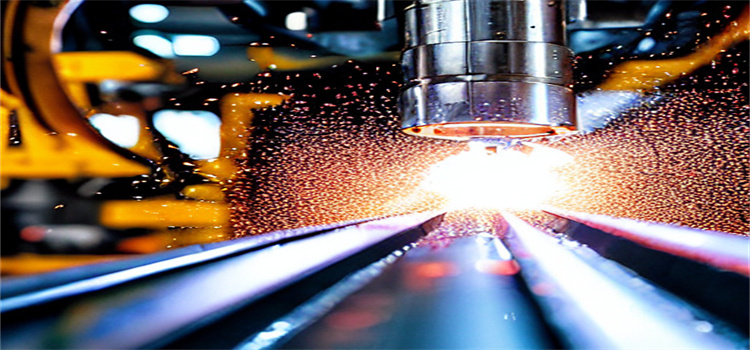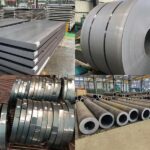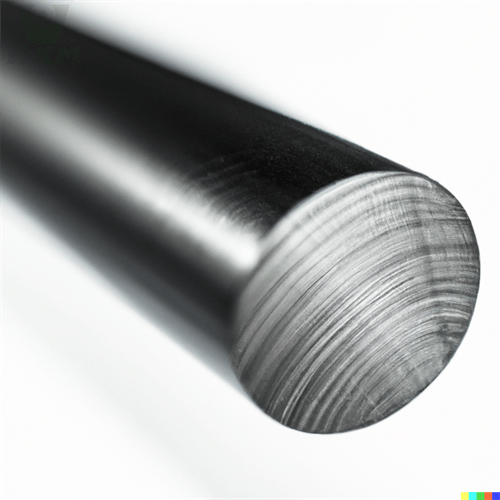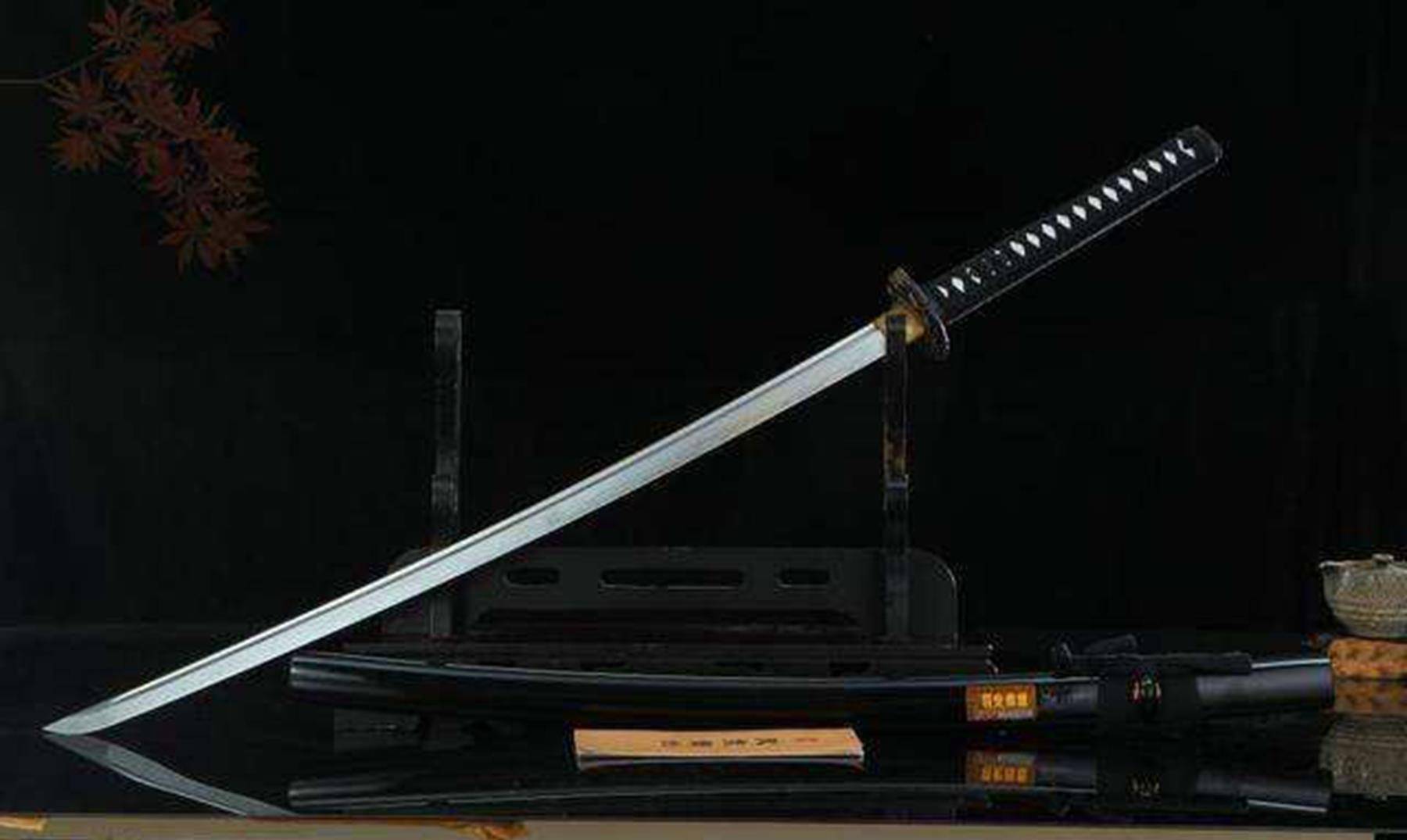Alloy steel and carbon steel, as two crucial and widely used steel types, find extensive applications in engineering machinery, shipbuilding, petrochemical industries, and more. While these two steels may seem physically similar, they exhibit significant differences in material composition, mechanical properties, price costs, and application ranges. In this article, we will take a closer look at the differences between alloy steel and carbon steel.
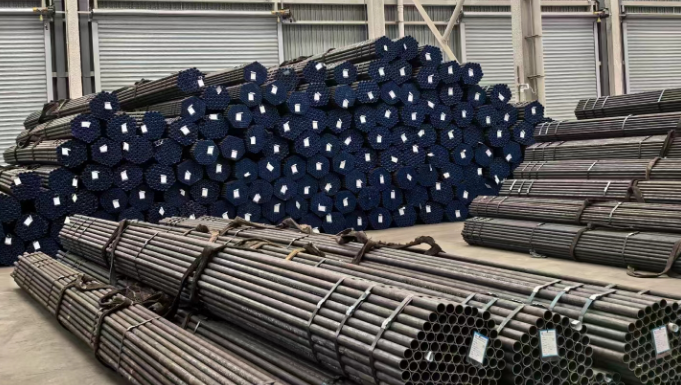
An Analysis of the Differences Between Alloy Steel and Carbon Steel:
Firstly, differences lie in their material compositions. Alloy steel, renowned for its superior performance, incorporates abundant alloying elements such as silicon, chromium, molybdenum, boron, vanadium, nickel, and aluminum, which enhance its strength, toughness, hardness, and wear resistance. Carbon steel, on the other hand, primarily contains a high proportion of carbon, alongside small amounts of silicon, manganese, sulfur, phosphorus, and other elements, contributing to its good hardness and strength.
Secondly, disparities exist in hardness and strength. While the carbon content primarily determines a steel’s hardness and strength, carbon steel boasts relatively high levels of both due to its elevated carbon content. However, alloy steel surpasses carbon steel in these aspects, showcasing even greater hardness and strength due to its alloying elements.
Thirdly, there are differences in corrosion resistance. Carbon steel, with its iron content, is prone to rusting when exposed to damp environments over time. In contrast, alloy steel’s rich alloy elements, particularly chromium, form a tight protective layer on the metal surface, imparting high corrosion resistance.
Furthermore, distinctions are evident in toughness and ductility. During steel forming, these properties are crucial. Low-carbon steel within carbon steel grades exhibits good toughness and ductility, but as carbon content increases, these properties diminish. Conversely, alloy steel’s multiple alloying elements tend to reduce its toughness and ductility.
Additionally, price costs differ significantly. The choice between alloy steel and carbon steel often hinges on cost. Carbon steel, with its simpler composition and easier processing, commands a lower price. In contrast, alloy steel’s incorporation of multiple alloy elements and complex processing techniques leads to higher costs.
Lastly, their application ranges vary. Alloy steel’s exceptional strength, hardness, toughness, and processability make it an ideal material for demanding industries like aerospace, medical devices, and electronic semiconductors. Carbon steel, due to its low cost and excellent performance, is widely used in automotive manufacturing, bridge construction, railway transportation, and other fields.
Conclusion
In conclusion, while both alloy steel and carbon steel belong to the category of alloy materials, they diverge significantly in material composition, mechanical properties, price costs, and application ranges. In practical applications, it is imperative to select carbon steel or alloy steel judiciously based on specific working conditions and requirements to achieve optimal performance.
Why Choose Huaxia Steel?
Thank you for reading our article and we hope it can help you to have a better understanding of the differences between alloy steel and carbon steel. If you are looking for suppliers and manufacturers of alloy steel and carbon steel, we would advise you to visit Huaxia Steel.
As a leading supplier of alloy steel and carbon steel from Shanghai China, Huaxia Steel offers customers high-quality alloy steel and carbon steel products at a very competitive price.

